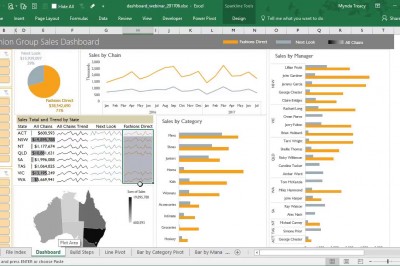How to make a Windmill.
A windmill is an easily understood device that is driven by the wind. The windmill device harnesses the wind to turn blades. These blades in their turn, turn parts of other devices. Some of these devices turn the kinetic energy into electrical energy. While other devices turn the energy into mechanical force to grind wheat for example. The electricity can then turn on electrical devices such as light bulbs or be stored to do the turning on as needed.
Modern industrial windmills are highly technological devices, made from special composite, lightweight materials and incorporating sophisticated turbines. For the serious green technologist who wants to generate serious quantities of sustainable electricity the best advice is to get in a professional to make a windmill for them.
A humbler windmill like those that were created in the early industrial revolution can be built with simple tools, readily available parts and expertise. Here are some simple guidelines on how to make a windmill:
How to make a simple windmill. The fundamental aim when you make a windmill is to maximize the turning of the kinetic or moving energy of wind into mechanical energy. So to get at the source of the wind energy you will need a windmill that is high enough above hills, trees and houses to take advantage of direct air movement. Additionally, you will need windmill blades that are designed and shaped to catch the flow of the wind and turn the blades with the minimum of friction or resistance.
Most windmills will have a turning shaft that is parallel to the ground while its blades or sails turn on an axis that is perpendicular to the ground. The windmills main shaft turns into a turbine that does the conversion physics of wind energy to mechanical or electrical energy.
Essential parts to make a windmill. There are four essential components in all windmills. They are the footing, the tower, the sails or blades and the gearbox to multiply the power generation effect of your windmill.
 The windmill footing. The footing on which the windmill tower stands must be broad and heavy in comparison to the rest of the structure. Concrete of course is best or for more temporary windmills sandbags can be used. For a windmill that is 2 meters tall, a footing of about 1 meter square and about 15 kilograms in weight should be enough to hold on in all but the highest of winds.
 The windmill sails. Canvas and cloth should give way to airplane-like propeller blades. The wind pushes against these propellers to harness wind energy. You can buy readymade windmill blades or make them from lightweight plastic tubing or even wood. The size of your ambition, the footing and the tower will determine the size of your sails. For a basic 2 meter high windmill, blades will be between 40 and 120 centimeters long.
 The windmill tower. For a windmill tower of up to 2 meters tall make the tower from strong pieces of plastic piping or better still tubular steel.
 The windmill gearbox. Needs to be on the end of the main shaft from the sails that turn in the wind. For those interested in makeing a windmill from a kit of parts there are several to be found on the Internet. They all have detailed construction plans for how to make a windmill included.
Take control of your homes energy needs with a home windmill! The website provides detailed information on
how to make a windmill or how to build a windmill
























